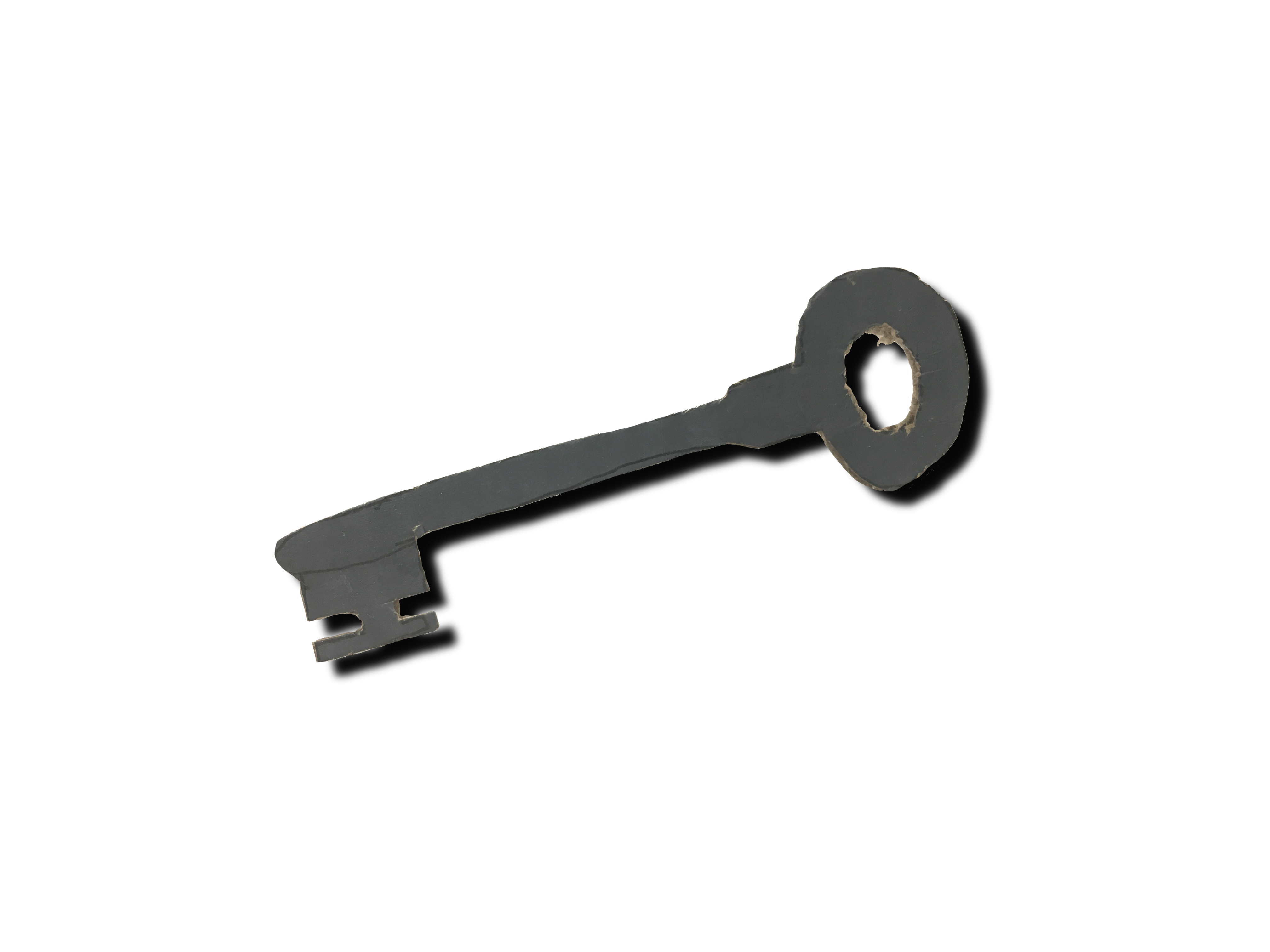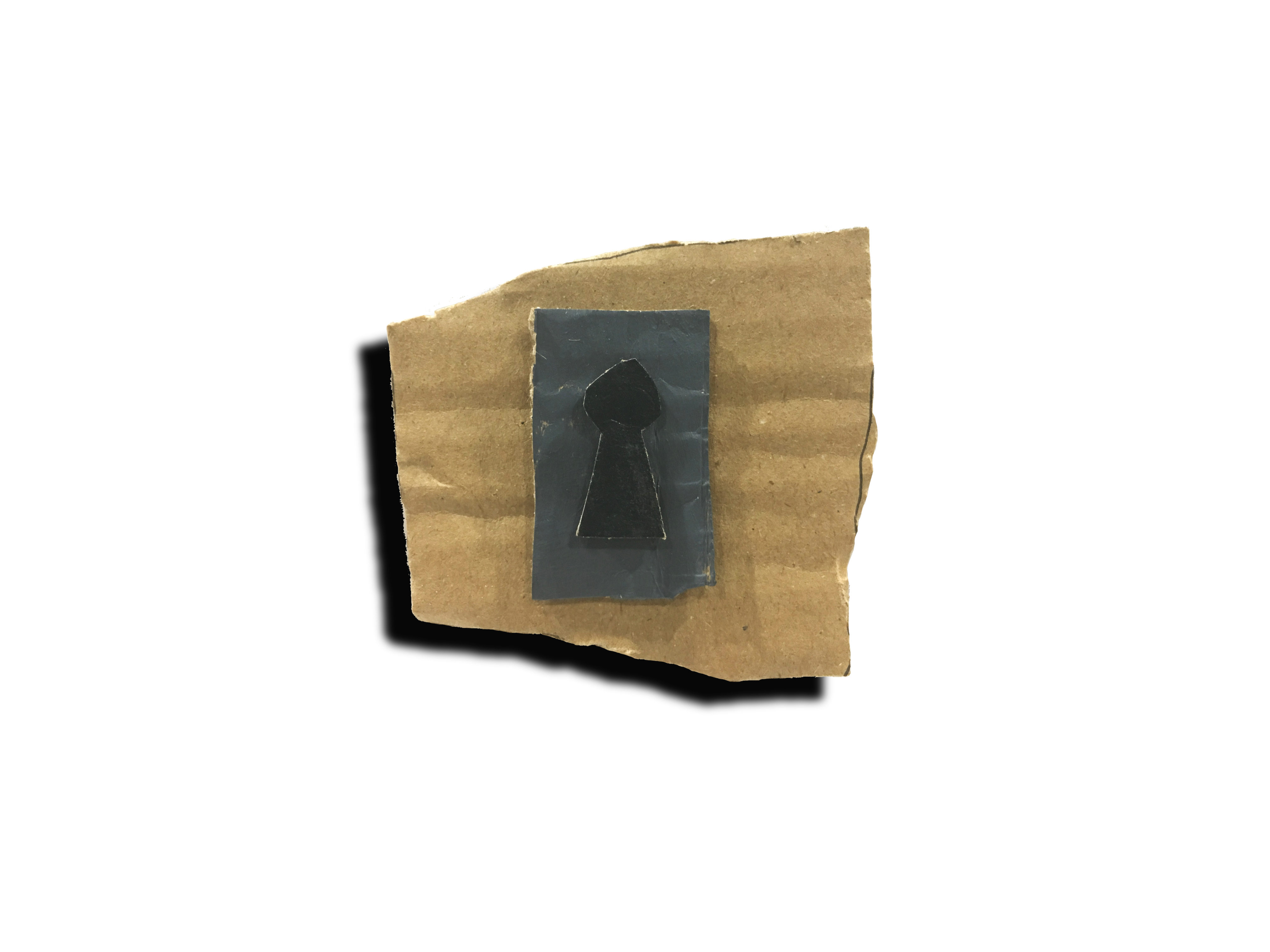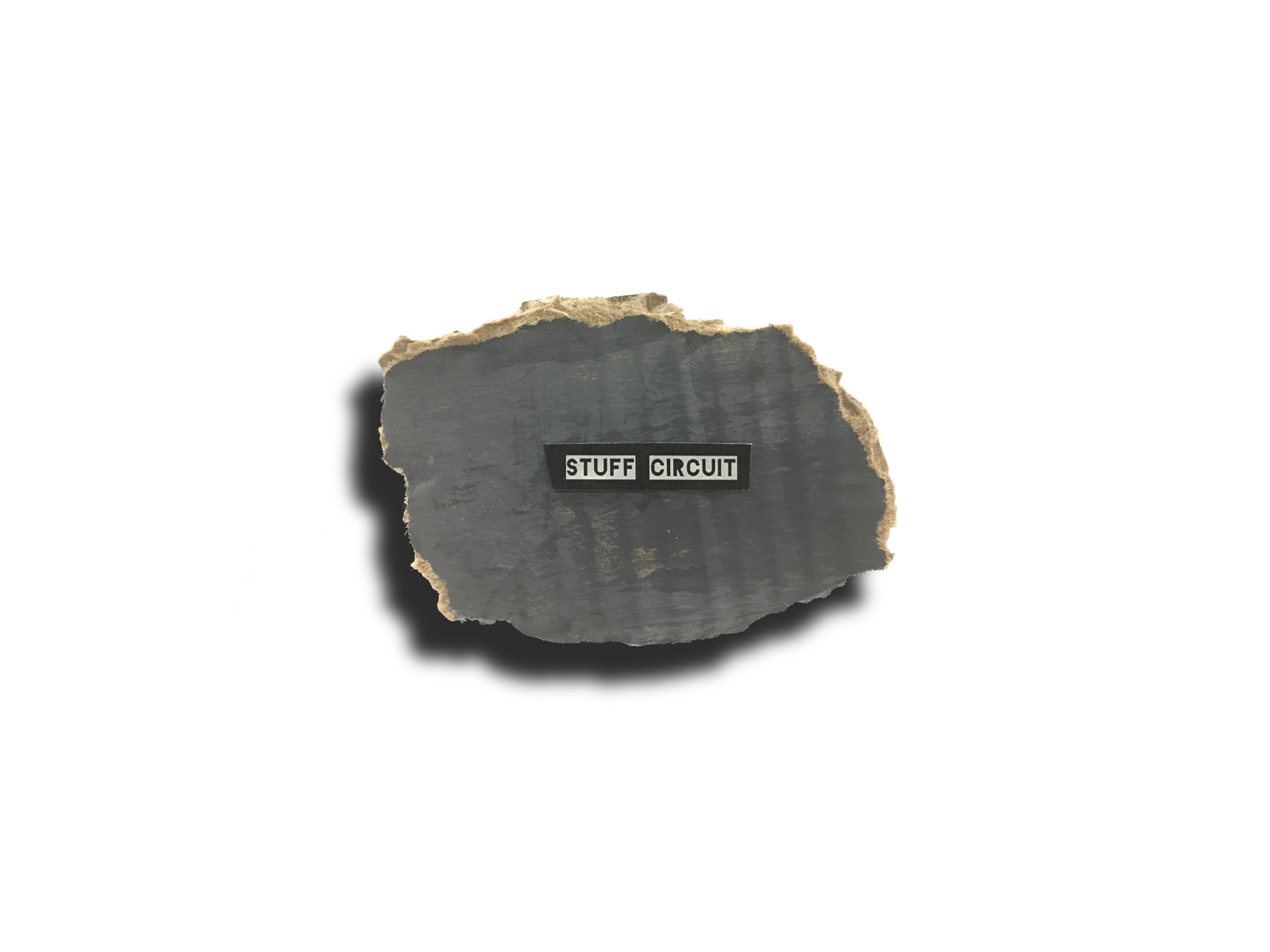When the phone goes in the early hours of the morning, it's never going to be good news.
Aaron Galyer knew that. And so, when he answered the call at 3 am one day in November 2015, he braced for the worst. It was the police.
His brother, Ricky, was dead.
Ricky was an inmate at Auckland Prison, at Paremoremo. He was 45 years old.

Ricky Sellar grew up in Masterton as Richard Galyer, changing his name by deed poll in an effort, says his sister Kim Goodin, to escape his past, including that the more he’d used it, the less useful the Galyer surname had become for committing fraud. The reason for choosing Sellar was apparently his own little joke, drawn from the fact that his forte was stealing stuff, and selling it.
As a kid, his sister says he loved pulling things apart and putting them back together again.
In a way, that would become a metaphor for his own life. Except the last time, he went too far.
We’re in the small lounge of the Masterton house where his father Keith Galyer lives, across the road from a Killer Beez pad.
The family photos on the walls tell a sad story: of the five children, only three are still alive. Ricky’s eldest brother died in his 20s.
There’s a sweet-looking, blonde-haired Ricky, though the picture may belie what was really happening. Ricky was only 11 when he committed his first crime.
“He went to a local car dealership and took a car out for a drive while in his school uniform”, says his dad.
Ricky would later be diagnosed with ADHD and his life of crime gained momentum, landing him in and out of boys’ homes, then in and out of prison.
They were mostly crimes of dishonesty - says his sister Kim, “he’d do bad things, steal things, fraud” - but it escalated, and in 2007 at the age of 36, Ricky Sellar was sentenced to ten years for rape. The sentencing Judge noted Sellar had a “formidable” list of prior convictions.
But this conviction, his father believes, changed everything.
Families can be complicated.
Aaron Galyer, a truck-driver, like his father, hadn’t had contact with his brother Ricky for years, on account of the fact that Ricky had tried to pin the rape on him.
Ricky had also lost contact with his sister Kim. He’d done too many things to hurt the family, she says, though she hadn’t lost hope that they could one day repair their damaged relationship. She laments the fact that she didn’t get a chance to make peace with her brother before he died.
“That’s what hurts the most, something could have been done when he was released but I never got that chance”.
Because for all he’d done wrong, his family did still love him. They don’t seek in any way to diminish his crime; they know he deserved his sentence. But they did think - deserved to think - he’d be safe in prison.
You see November last year wasn’t the first time Ricky Sellar had tried to kill himself. Several years prior he’d made another suspected suicide attempt, that time in prison in Christchurch.
His father believes Ricky didn’t know how to deal with the seriousness of the crime he was inside for. “I don’t know, I’m not in his head, but I think he just chose that way out because he couldn’t deal with it anymore. He was just so full of guilt”.
''I think he just chose that way out because he could't deal with it anymore.''
Given that history, and the fact that - as Corrections has confirmed to Stuff Circuit - Ricky Sellar was well known as a prolific self-harmer, his family thought there would be extra measures in place to ensure his safety. In fact they thought that at the time of his death he was on ‘suicide watch’. Just a few days ago, after Circuit began making enquiries of Corrections, they found out that wasn’t the case.
The reason we wanted to find Ricky Sellar’s family was because we learned the Chief Ombudsman, Judge Peter Boshier, is worried about and investigating the use of what are known as tie-down beds: beds with straps used to restrain an inmate by the torso, arms and legs.
Judge Boshier told us one case under investigation saw a prisoner at Paremoremo tied down for 16 hours a day, for weeks at a time. You read that right: 16 hours a day, for weeks on end.
“It’s a way of managing a difficult issue in a way which means the problem sort of goes away, if you like, because the physical ability to do anything is utterly removed. But you can’t deal with a problem just by the most effective means if it’s not acceptable”.
And it’s not acceptable, Judge Boshier says, and does not treat prisoners with dignity. “I don’t think there’s any doubt about this, I think Corrections should acknowledge that”.

We learn that one of the inmates who’d been subjected to the use of tie-down beds, was Ricky Sellar. But nobody from Corrections has told his family that, and there has yet to be an inquest, so the first time they hear of tie-down beds is from us, in their Masterton lounge.
The news is uncomfortable to deliver and is, unsurprisingly, devastating to them.
“I actually think it’s disgusting. Surely there was some other way they’d be able to make him safe. It’s just…. No person should go through that”, says his sister Kim.
His dad Keith visibly recoils. And wants answers. “I want to know why. What’s it doing to the prisoner, the inmate’s brain? I want, I actually demand answers. Someone has to be held accountable, whoever thought this idea up. Who in their right mind okayed it?”

The Office of the Ombudsman is not the first to be concerned about tiedown beds. Prisoners, too, have complained, including high profile serial, violent sex offender Nicholas Reekie. In 2012 Reekie took the Department of Corrections to Court, alleging he had been subjected to an act of torture. Court documents show he complained that his left arm was placed in an arm lock and that his arm was then deliberately twisted by a prisoner officer, when he was being restrained on a tie-down bed in 2002. The Crown argued Reekie was tied down to prevent him from self-harming, and that some force was necessary.
There was evidence he was kept on the tie-down bed for about 22 hours.
He sought damages and a reduction in his sentence.The Court found some of his rights were breached, but did not order any compensation.
And in 2013 the Coroner ruled on the death of a prisoner who had hung himself some time following prolonged restraint, including on a tie-down bed, writing, “It’s important not to underestimate the psychological effect of the use of tie-down beds”.
A forensic psychiatrist had told the inquest tie-down beds are not used in mental health facilities, and the use of them in prisons made him “very uncomfortable”.

There's another mental health aspect of prisons troubling the Chief Ombudsman: the use of seclusion rooms.
“When I say sparse I mean with virtually nothing in it. It’s a facility which means that the ability to self-harm is reduced because it’s absolutely minimalistic. So what I’m trying to say is where someone has a high mental health need, if you’re in the community or hospital there’ll be a range of things done for you, including medication. If you’re in prison there is the risk that there will be none of that, you’ll simply be kept safe, by being in a room where you can’t hurt anyone else or yourself. It’s not actually therapeutic”.
So what are these seclusion rooms like, and how long are inmates kept in them?
“You’re in a room with virtually no sunlight, with no other human stimulation….
It could be weeks, it could be a month, it could be more than that. To an extent it will depend on whether, for instance, they’ve been assessed as needing to go into a mental health forensic unit, because they are so unwell, and then there’s a lengthy wait until a bed becomes available. So it could be a significant amount of time”.
Judge Boshier is resolute.
“For a human being to be held like that, I don’t think is acceptable, and I don’t think New Zealanders would think that either”.
For some, prison is just too much.
There have been 30 unnatural deaths in prisons in the past five years, most of them suicides.
An inmate who took his own life at Mt Eden Prison while on remand in 2009 said in a suicide letter that after six months in custody he could bear it no more and would rather be dead.
He’d told his lawyer prison was a lonely, frightening experience.
So what do you do, then, when you’re running a prison system and you’re faced with the fact that 36 per cent of inmates have a mental health problem?
The Department of Corrections and the government know it’s an issue, and in June the Corrections Minister announced almost $14 million for the Department to buy its own mental health services, over the next two years. It includes $10 million to contract mental health clinicians and support workers to work with offenders in prison and in the community.
Announcing the funding, Judith Collins said “Offenders’ mental health needs can escalate quickly and tragically. We want to get them the help they need early, and reduce the likelihood of them harming themselves or those around them”.

Who knows, maybe that would have saved the life of Ricky Sellar.
Instead, his family is left grieving, and confused. And there’s something else compounding that confusion.
When he went into prison, Ricky was a big guy, they say, but nothing particularly out of the ordinary.
When he died, he was 187kg.
His dad, Keith Galyer, believes his son’s ballooning weight might have been another form of self-harm, some kind of cry for help.
It also meant the family had to have a special casket built big enough for him.
Keith Galyer is on a pension, he doesn’t have much. He says he asked Corrections for a contribution towards Ricky’s funeral bill, and that Corrections paid the cost of having the body transported from Auckland to Masterton, but no more.
Now Keith is selling some of his things, so he can pay the funeral director’s bill.
It's a bleak epilogue to the story of the troubled life, and awful death, of Ricky Sellar.

This is part four of a six-part series examining the prison system and asking: is there a better way?



